Installation
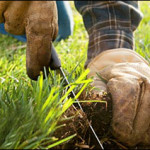 |
Sod We install a wide variety of turf grasses, and can help you choose the best varieties for your needs. We follow the latest science on turf grass nutrition and customize our topsoil preparations to the specific needs of the grass being installed. |
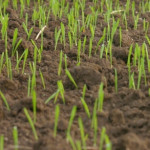 |
Seeding Seeding offers a larger variety of cultivated species when choosing grass type. This allows the lawn to be custom sewn for specific management practices, sun/shade, disease resistance, and soil type. Seeding is typically done in the Fall to avoid competition with germinating weeds. While not the “instant lawn” offered by sod, seeding can allow you set your lawn apart. |
Continuous Care
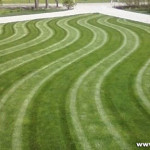 |
Mowing Mowing is fairly self-explanatory, but we pride ourselves in best-practices for mower operation. Operating the mower skillfully reduces ruts, and applies a distinctive, striped finish to the lawn. |
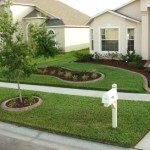 |
Edge Control Your lawn isn’t complete without nice crisp edges where grass meets the borders of beds, sidewalks, and drainage areas. In addition to regular string trimming, we also offer edge-trenching to re-establish definition around beds and tree islands. |
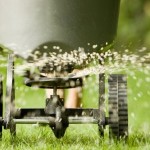 |
Re-Seeding There are many reasons to re-seed a lawn. Certain types of grass (Bermuda, for instance) goes dormant over winter, and is often re-seeded with perennial rye grass. Lawns also age over time and require re-seeding to fortify thinning areas. Seeding is primarily done in the Fall, but can be done in the spring and summer as well. |
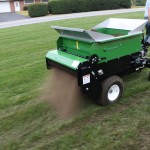 |
Topdressing Many lawns are installed without the proper soil amendment, and are left with a very shallow root-bed. Roots are unable to penetrate the hard-pan beneath and tend to produce sparse, thin turf. Instead of removing the existing sod, the lawn can be top-dressed, slowly over time in order to build up the soil bed. By repeatedly applying small layers of organic rich topsoil and re-seeding, the lawn can be maintained indefinitely. This technique is well known in the maintenance of golf courses and athletic fields, but is only recently being utilized in residential applications. |
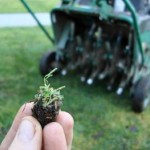 |
Aeration Aeration allows more moisture to penetrate the lawn, but also allows the roots to breathe. The photosynthetic parts of plants do not require oxygen, but the root system does. In heavy clay soils, with minimal topsoil, aeration followed by top-dressing can be extremely beneficial. |
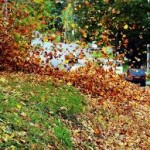 |
Leaf & Debris Management Accumulation of leaves and straw can deprive a lawn of sunlight, alter the pH of the soil, and encourage microbial growth due to trapped moisture. Leaves, straw and other debris can be blown into tree-islands as a natural mulch, or it can be gathered and taken off-site. |
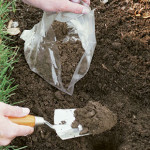 |
Soil Testing & Amendment Before sod or seeding, we encourage soil tests to determine the proper amendments necessary to sustain the lawn. These tests are performed by the NC State Cooperative Extension. Instead of intuition, we prefer to rely on evidence when amending soils. We also use localized application of fertilizers, micro-nutrients, and pesticides to minimize overuse and minimize costs. |

